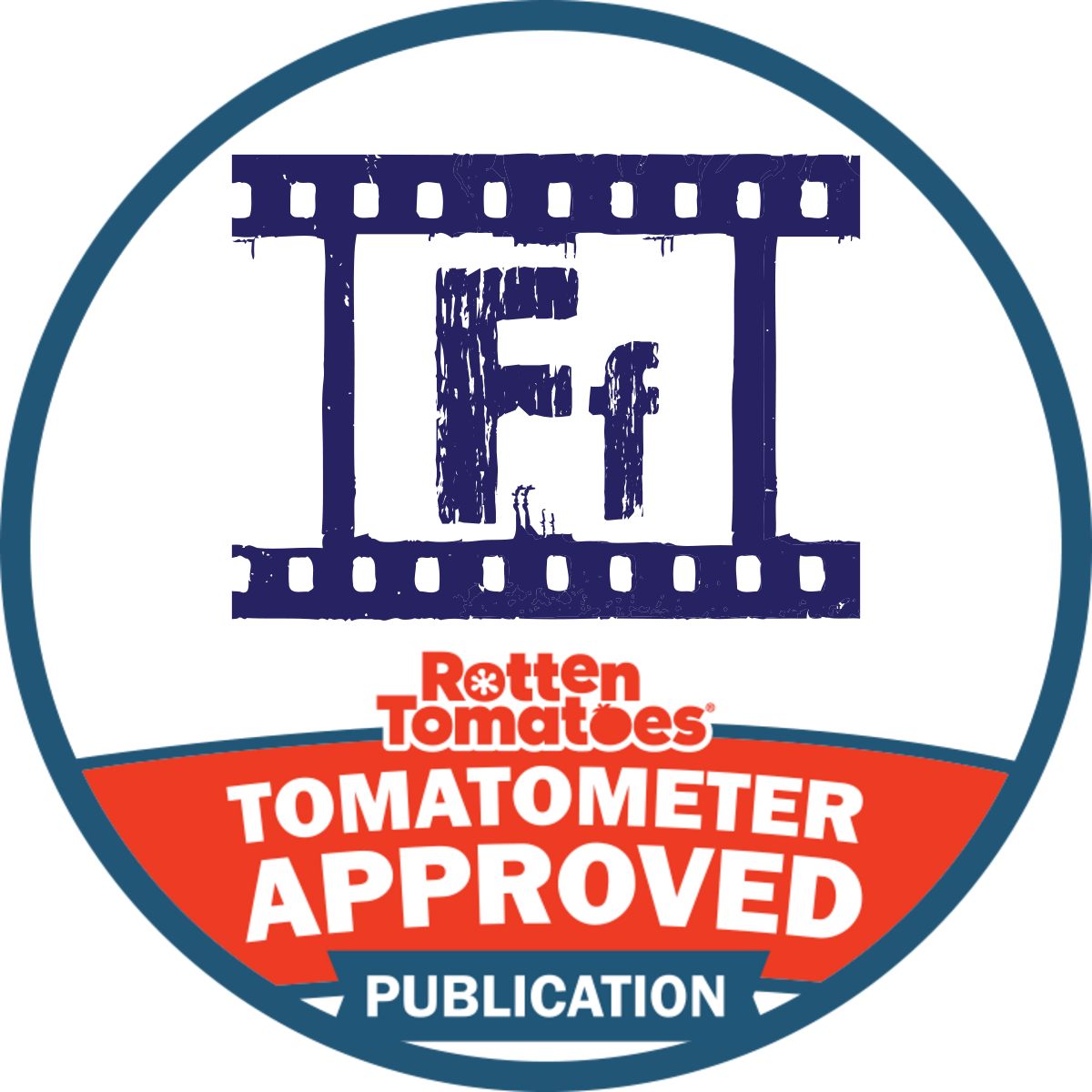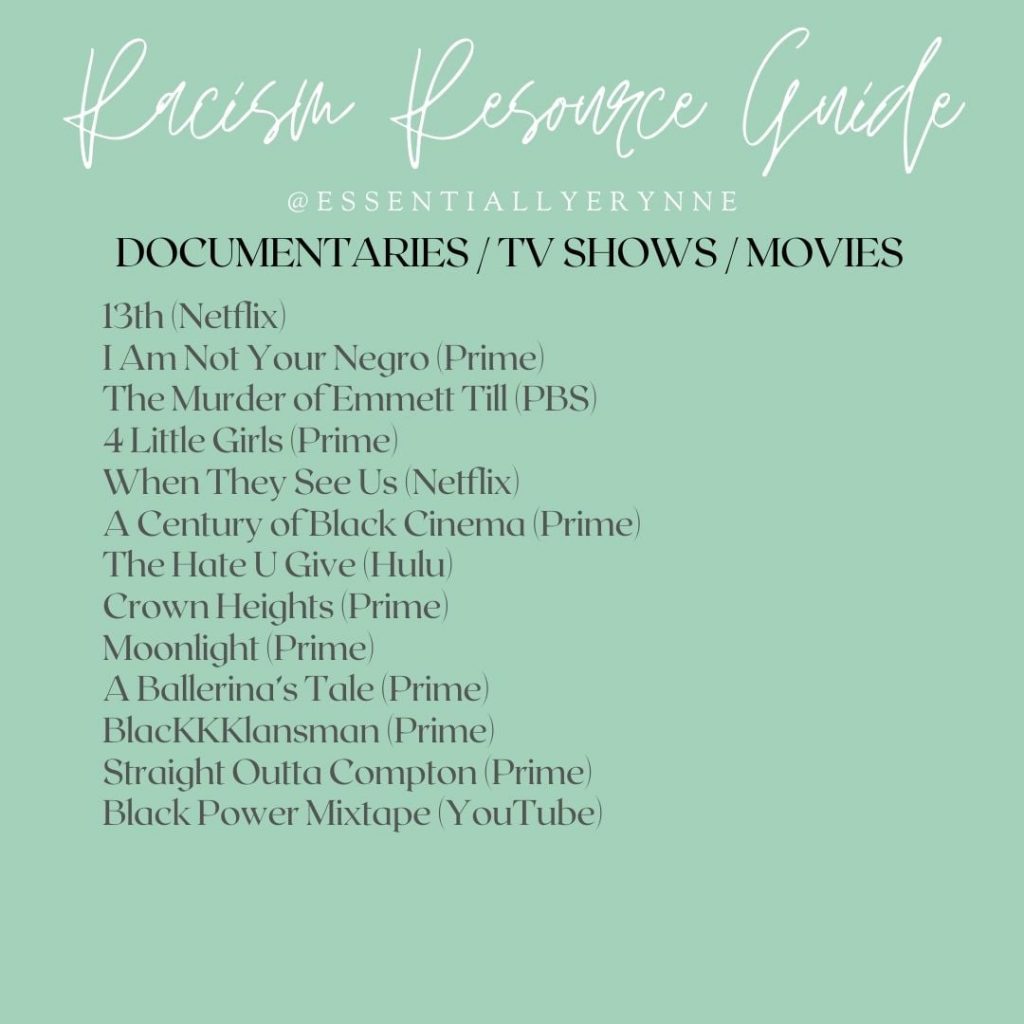LESSON #1: FILM TWITTER IS SOMETIMES A BETRAYAL OF CINEMA— This lesson title matches the title of an article written by a Chicago critic colleague of mine named Robert Kojder of Flickering Myth. What he expounds on in his editorial spoke to me so well, not just because he’s a fellow Rotten Tomatoes-approved grinder who hasn’t stomped reviewing and writing during the pandemic. It spoke to me as a fellow fan of cinema in its purest form, even if we’re now charged to write on the art form. To echo Robert simply, Film Twitter has gotten out of hand, and it’s been a mess now for too long. Too many people judge and burn movies sight unseen based on the skinniest of hype or the stupidity of trailers (a rant I gladly share, as loyal readers here know). Rob’s quoted advice is solid gold, and I couldn’t agree more with the satisfaction found in taking this caution and control:
“If possible, I encourage critics and moviegoers alike to close themselves off from trailers entirely; they are terrible nowadays anyway and, typically in the case of the second one for every movie, only serves to spoil the whole damn movie. I promise it’s 1000 times more rewarding and fulfilling watching films outside of that nexus, completely unconcerned with whatever popular opinion will emerge.”
Furthermore, some targeted movies get trashed or labeled as such because people want to match some phantom importances of “trends.” If you stand apart and disagree with the trolling masses, you get the trash label next. We never really know who/what starts those fires, but they multiply like crazy for no good reason. That’s not what true movie fans do, and that certainly shouldn’t ever be what film journalism does either. I don’t use the word “trash” to describe a movie or any aspect of one. I also don’t use the word “great” either on the other end. I aim higher than trolls. Yet, here’s the cesspool side of Film Twitter and I f–king hate it. I keep an account to promote my own work and share/follow the work of my fellow critics. That’s it. Promotion is a good and essential thing for a DIY creator like me, but not at a greater price of engaging in the stupidity found wider and worse. Hang around it if you must, but don’t buy the BS slung there for any measure of time. Bravo, Robert.
LESSON #2: THE ENGINE OF COMMERCE FROM SUPERHERO FILMS HAS BEEN AROUND FOR OVER 40 YEARS— Leave it to Christopher Nolan to keep acting like Christopher Columbus sometimes by planting flags of claims and discoveries on things that already existed. Recently on a book tour, Nolan patted himself on the back for making superhero films in a time before they became an “engine of commerce.” Dude, did he miss he miss the two decades and change that came before his 2005 Batman Begins? Superhero films have been highly coveted and supremely controlled properties for studios ever since 1978’s Superman and even more so after 1989’s Batman. Fox and Sony entered that churning machine before Nolan with X-Men in 2000 and Spider-Man in 2002. Sorry, Christopher, you don’t get to make that claim. If anyone can, as some of our Feelin’ Film Facebook group members has noted, it’s Richard Donner and Tim Burton decade before you. While your work was extraordinary to strengthen the genre, Mr. Nolan, but you still played in the same system for the same benefits.
LESSON #3: THE DOOR HAS BEEN OPEN FOR INDIES— I miss blockbusters as much as the next person. You can’t beat the big screen experience of a BIG movie. And I get why, especially after Tenet couldn’t draw the masses electing for safety, business decisions are being made for tentpoles to delay or find digital homes, just as Wonder Woman 1984 did this week with HBO Max, to recover costs. The crazy thing is it’s the little indies surviving and standing tall with the multiplex battlefield clear of tanks. Low-cost and low-risk movies like Let Him Go, Unhinged, and more are your box office champions right now. Sure, the competition is nil, but the thing is they can afford taking the distribution shots with nothing else around. They have seized the day and made their money. Studios, scale it all down and adjust your business output to match the market.
LESSON #4: THEATERS NOW HAVE TO SHARE— It wasn’t long ago towards the beginning of this pandemic when Universal Pictures received a good bit of backlash from theater companies when they smartly and profitably pulled Trolls: World Tour to premium VOD. A half-year later with theaters reeling on the brink of financial closure (an estimated 70% of all theaters), their tunes have changed. They now know they have to share. An example of this is AMC’s “fully onboard” reaction to Warner Bros. making the plan to release Wonder Woman 1984 in theaters and on HBO Max. Another example is the deal Cinemark struck with Universal Pictures to shorten the window between theaters and streaming to a shocking 17 days, down from what was the usual 75-90 and what used to be a decade ago six months. Some may read 17 days, measure their patience, and say “what’s the point of that when I can wait and stay home.” Those consumers are not wrong to have that mentality. Beaten into submission, sad compromises have to be made and they’re making them to hang around. Still, I feel like they’re dealing away their own existence in a risky manner.
LESSON #5: MOVE YOUR TRYPTOPHAN HANGOVER FROM FOOTBALL TO MOVIES— In the final recommendation slot, I should probably open a sidebar to eat responsibly and gather safely for Thanksgiving this week. I’ll only support half of that. It’s Thanksgiving and sheltered won. Eat to your heart’s content. When that turkey coma of amino acids hits you, marvel at how many decent Thanksgiving-themed movies are available. I normally never get farther than Planes, Trains and Automobiles, but Rotten Tomatoes has a full list of 20, many of which I never made the holiday connection with right away. Peruse the streaming available with JustWatch and find a winning new blind spot to fill instead of a bad Detroit or Dallas football game.
 DON SHANAHAN is a Chicago-based and Rotten Tomatoes-approved film critic writing on his website Every Movie Has a Lesson. His movie review work is also published on 25YL (25 Years Later), Horror Obsessive, and also on Medium.com for the MovieTime Guru publication. As an educator by day, Don writes his movie reviews with life lessons in mind, from the serious to the farcical. He is a proud director and one of the founders of the Chicago Independent Film Critics Circle and a member of the nationally-recognized Online Film Critics Society. As a contributor here on Feelin’ Film now for over two years, he’s going to expand those lessons to current movie news and trends while chipping in with guest spots and co-hosting duties, including the previous “Connecting with Classics” podcasts. Find “Every Movie Has a Lesson” on Facebook, Twitter, and Medium to follow his work. (#146)
DON SHANAHAN is a Chicago-based and Rotten Tomatoes-approved film critic writing on his website Every Movie Has a Lesson. His movie review work is also published on 25YL (25 Years Later), Horror Obsessive, and also on Medium.com for the MovieTime Guru publication. As an educator by day, Don writes his movie reviews with life lessons in mind, from the serious to the farcical. He is a proud director and one of the founders of the Chicago Independent Film Critics Circle and a member of the nationally-recognized Online Film Critics Society. As a contributor here on Feelin’ Film now for over two years, he’s going to expand those lessons to current movie news and trends while chipping in with guest spots and co-hosting duties, including the previous “Connecting with Classics” podcasts. Find “Every Movie Has a Lesson” on Facebook, Twitter, and Medium to follow his work. (#146)


